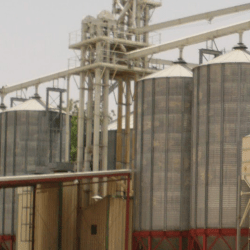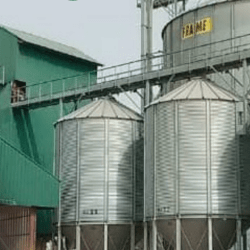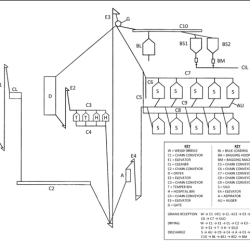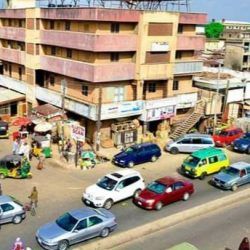The Food Strategic Reserve Programme in Nigeria has been a pivotal initiative aimed at strengthening food security, stabilizing market prices, and providing emergency food relief both domestically and internationally. It embodies Nigeria’s commitment to addressing food availability challenges and supporting local agricultural productivity. This article delves into the history, policies, and the evolving structure of this programme, alongside Nigeria’s strategic shifts in agriculture and food storage over the past few decades.
To effectively implement the Strategic Grains Reserve, Nigeria initiated the construction of large-scale storage facilities in 1987. The initial phase saw the development of five silo complexes with a capacity of 25,000 metric tons (MT) each, followed by the acquisition of a sixth silo with a capacity of 11,000 MT, resulting in a combined capacity of 136,000 MT. These silos became operational in 1992 and have since played various roles in Nigeria’s emergency response and food stabilization efforts.
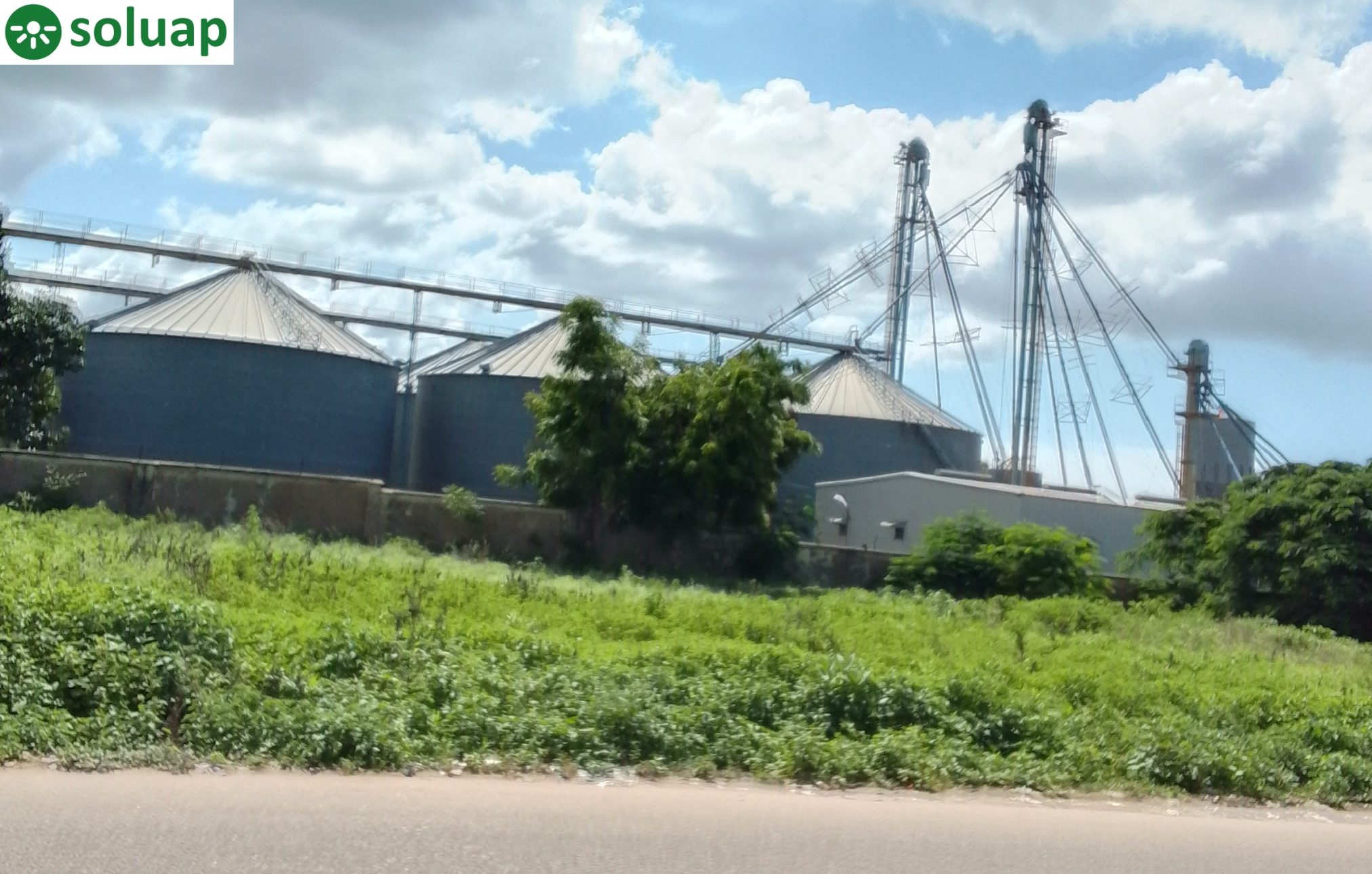
Expansion of Silo Capacity
Today, the FGN owns 33 silo complexes with a planned combined capacity of 1.336 million MT upon completion. Additionally, 51 warehouses across the country contribute 108,000 MT to Nigeria’s total storage capacity. These facilities are intended to improve food security and ensure that Nigeria can meet emergency food demands effectively.
Silo Locations in Nigeria
Silos in Nigeria are located in the following locations:
- Ilesha, Osun State
- Minna, Niger State
- Dutsin-Ma, Katsina State
- Gusau, Zamfara State
- Yola, Adamawa State
- Lokoja, Kogi State
- Lafia, Nasarawa State
- Bauchi, Bauchi State
- Ilorin, Kwara State
- Irrua, Edo State
- Maiduguri, Borno State
- Uyo, Akwa Ibom State
- Jalingo, Taraba State
- Okigwe, Imo State
- Damaturu, Yobe State
- Yenagoa, Bayelsa Stat
| 1 | Silo Location | Storage Capacity (Metric Tonnes) |
| 2 | Ilesha, Osun State | 25,000 |
| 3 | Minna, Niger State | 25,000 |
| 4 | Dutsin-Ma, Katsina State | 25,000 |
| 5 | Gusau, Zamfara State | 100,000 |
| 6 | Yola, Adamawa State | 25,000 |
| 7 | Lokoja, Kogi State | 25,000 |
| 8 | Lafia, Nasarawa State | 25,000 |
| 9 | Bauchi, Bauchi State | 25,000 |
| 10 | ||
| 11 | Ilorin, Kwara State | 25,000 |
| 12 | ||
| 13 | Irrua, Edo State | 25,000 |
| 14 | ||
| 15 | Maiduguri, Borno State | 100,000 |
| 16 | Uyo, Akwa Ibom State | 25,000 |
| 17 | Jalingo, Taraba State | 25,000 |
| 18 | Okigwe, Imo State | 100,000 |
| 19 | ||
| 20 | Damaturu, Yobe State | 25,000 |
| 21 | Yenagoa, Bayelsa State | 100,000 |
| Total | 700,000 |
Year of Completion of Silo
| 1 | Silo Location | Year of Completion |
| 2 | Ilesha, Osun State | 2015 |
| 3 | Minna, Niger State | 1991 |
| 4 | Dutsin-Ma, Katsina State | 2013 |
| 5 | Gusau, Zamfara State | 2014 |
| 6 | Yola, Adamawa State | 2016 |
| 7 | Lokoja, Kogi State | 2019 |
| 8 | Lafia, Nasarawa State | 2017 |
| 9 | Bauchi, Bauchi State | Completed but suffered windstorm damage |
| 10 | ||
| 11 | Ilorin, Kwara State | Under rehabilitation |
| 12 | ||
| 13 | Irrua, Edo State | Operational, rehabilitated but not test- run |
| 14 | ||
| 15 | Maiduguri, Borno State | Over 90% completed. Work stalled due to insurgency |
| 16 | Uyo, Akwa Ibom State | Over 90% completed |
| 17 | Jalingo, Taraba State | Over 80% completed but suffered civil disturbance damage |
| 18 | Okigwe, Imo State | 70% |
| 19 | completed | |
| 20 | Damaturu, Yobe State | Over 70% completed, work stalled due to activities of insurgence. |
| 21 | Yenagoa, Bayelsa State | Construction stalled due to topographical problems |
| Total |


